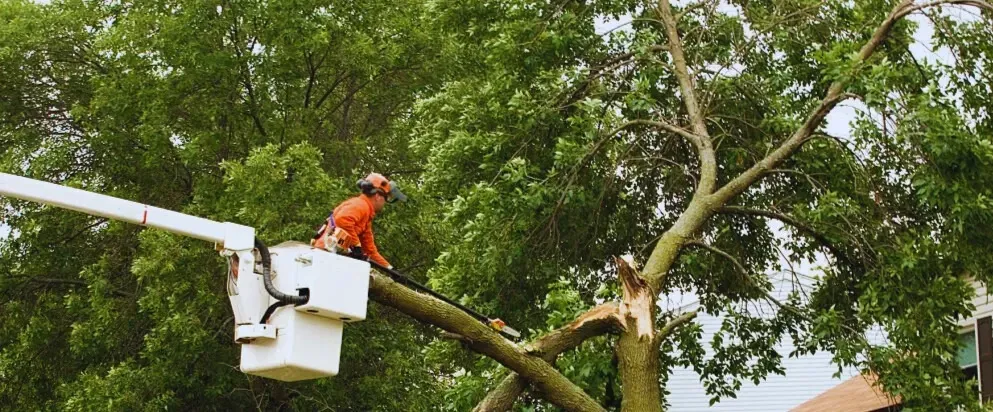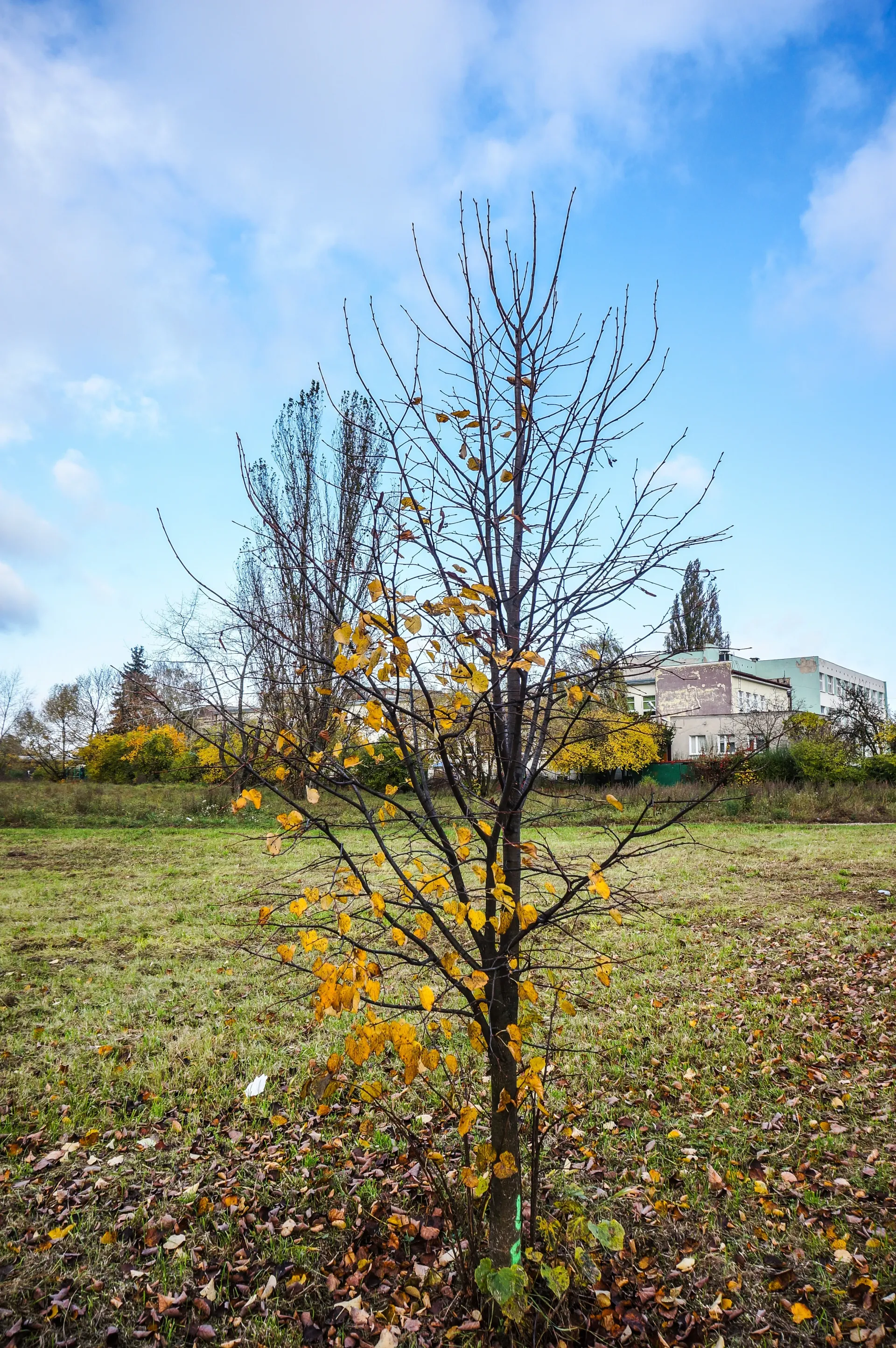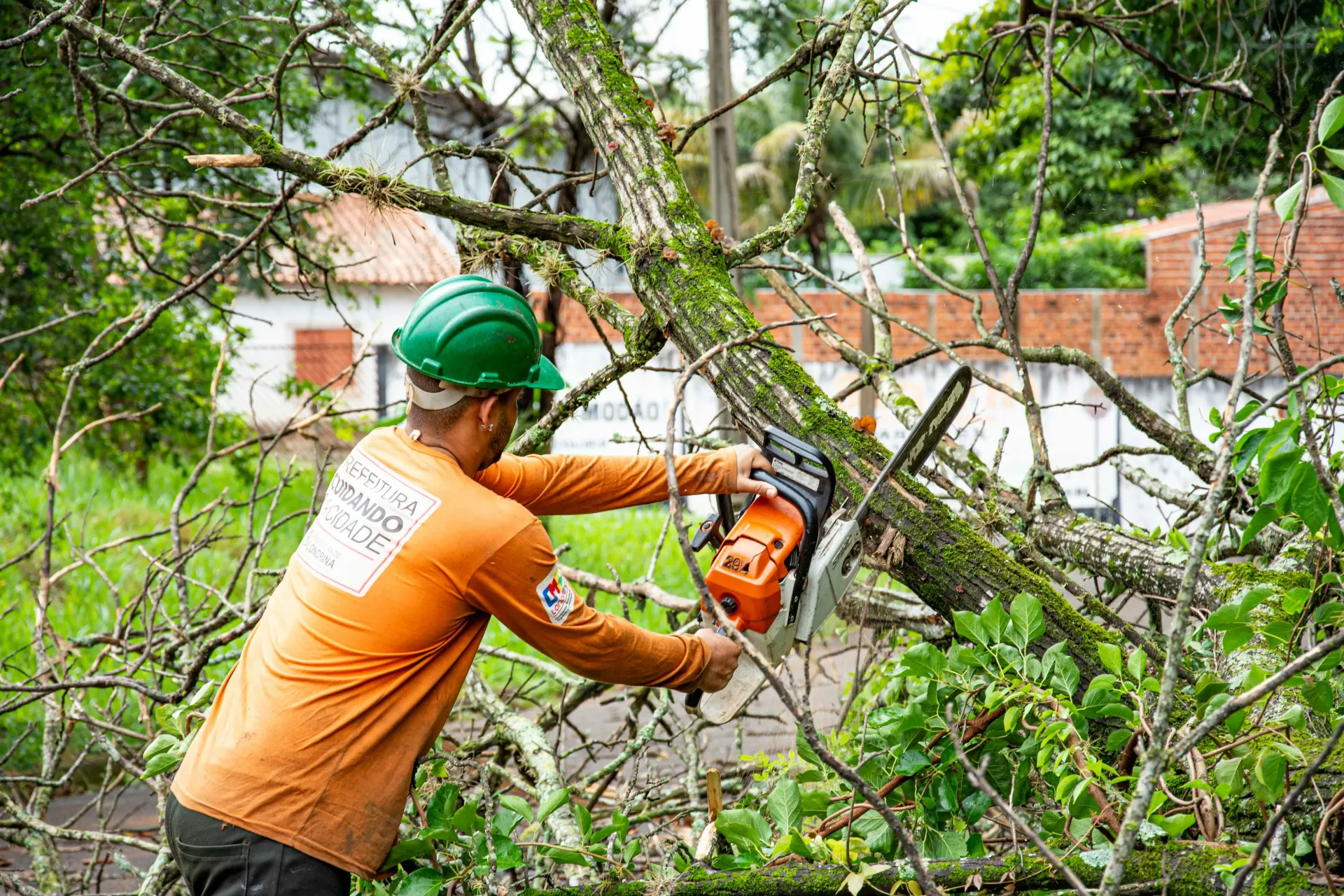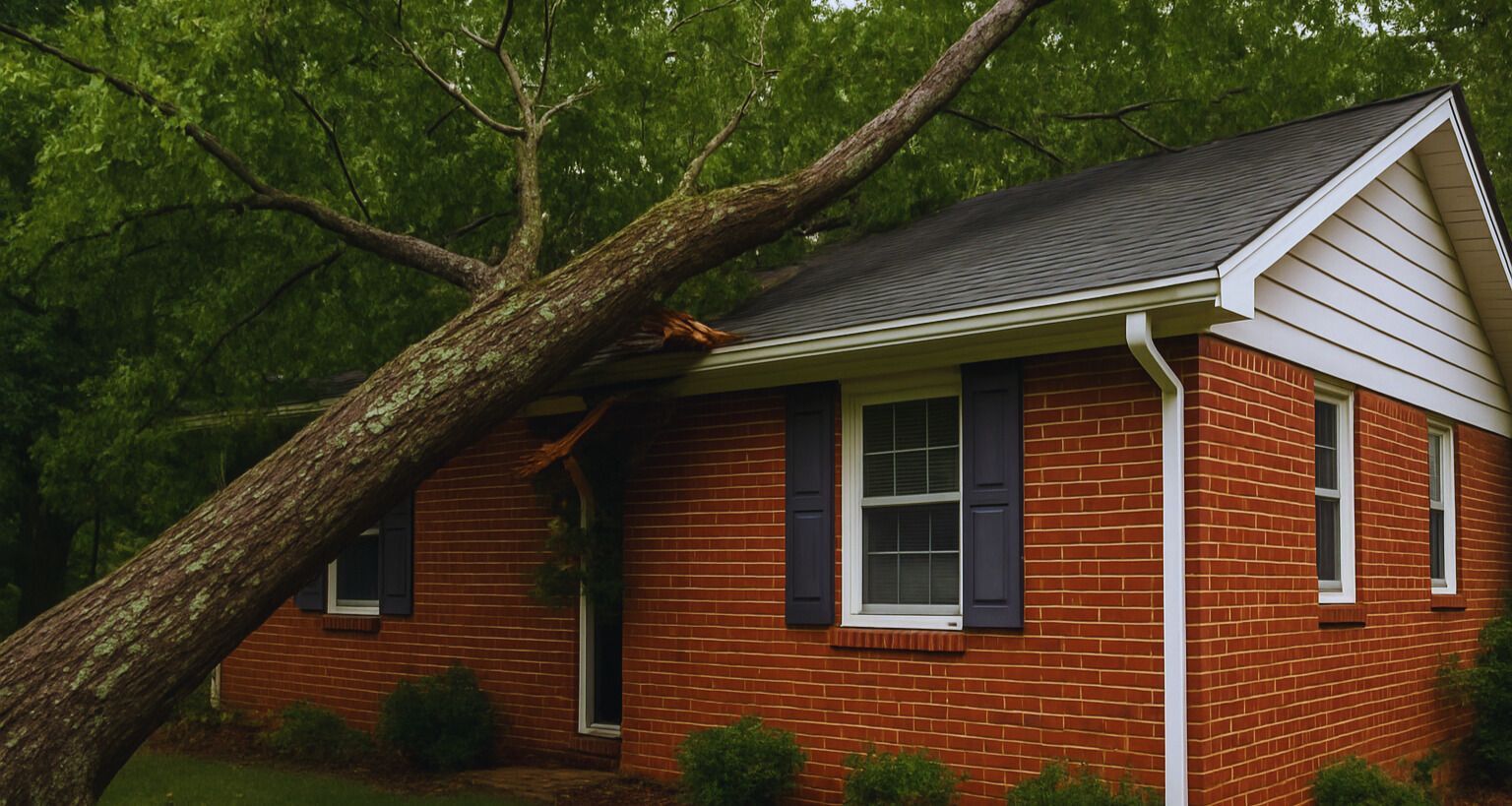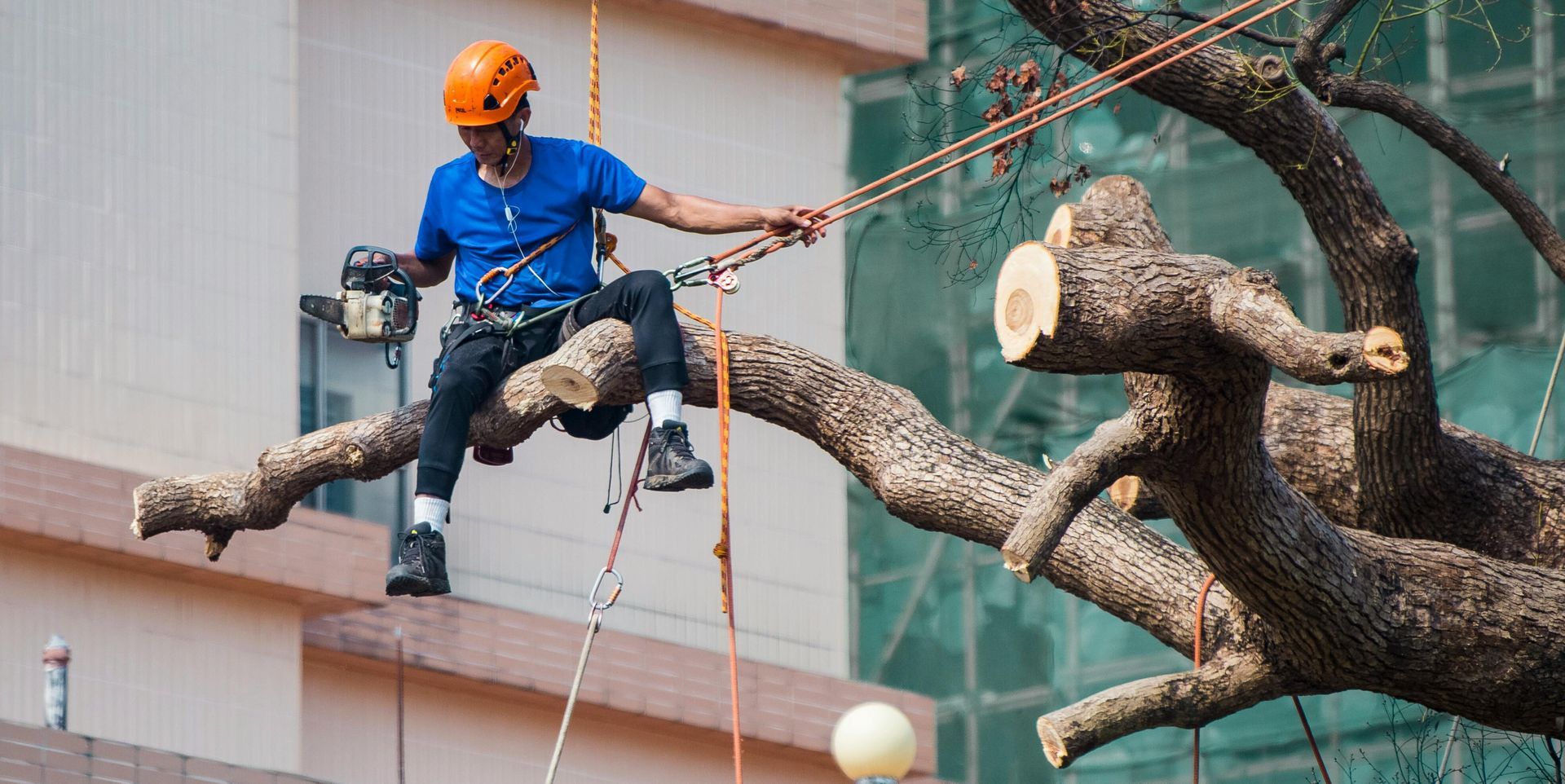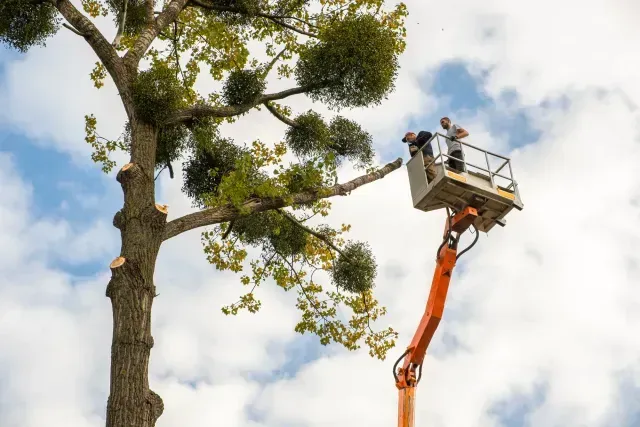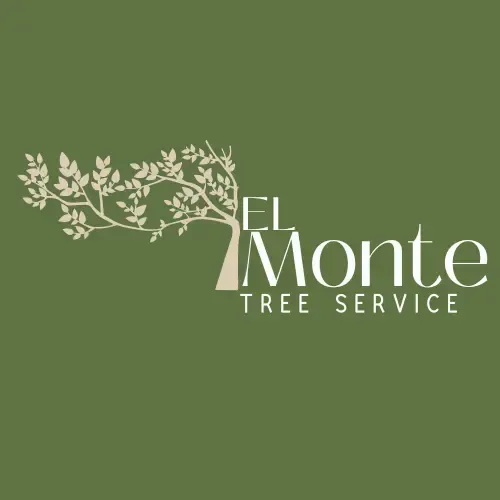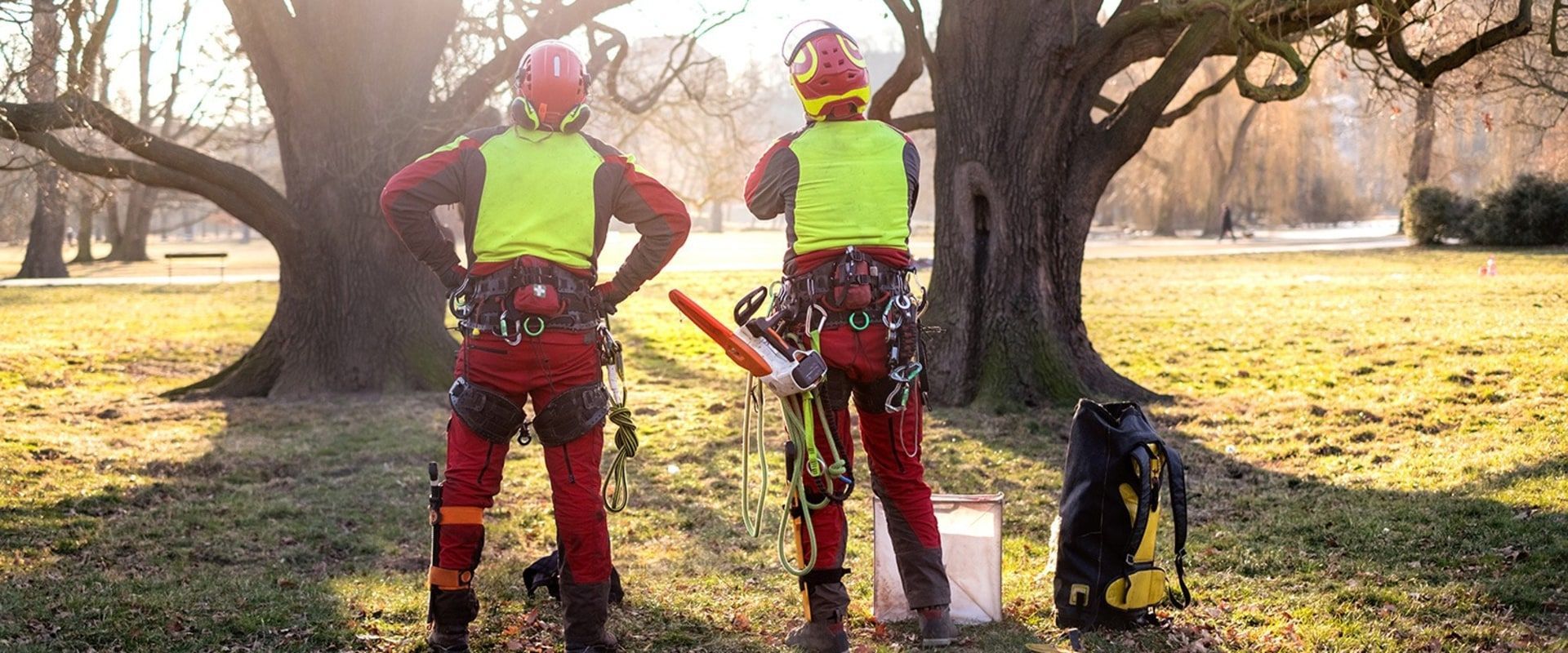Emergency Tree Removal: When to Take Immediate Action
Trees are a vital part of our environment, but they can quickly become a threat under specific circumstances. Emergency tree removal becomes an urgent necessity when a tree poses an immediate danger to people, property, or public infrastructure. Whether triggered by a fierce storm, disease, or natural decay, knowing when to act can make all the difference.
When a tree is on the verge of falling or already leaning precariously over your home, car, or utility lines, hesitation isn’t an option. Delayed action can lead to devastating consequences, not just financially, but physically and emotionally.
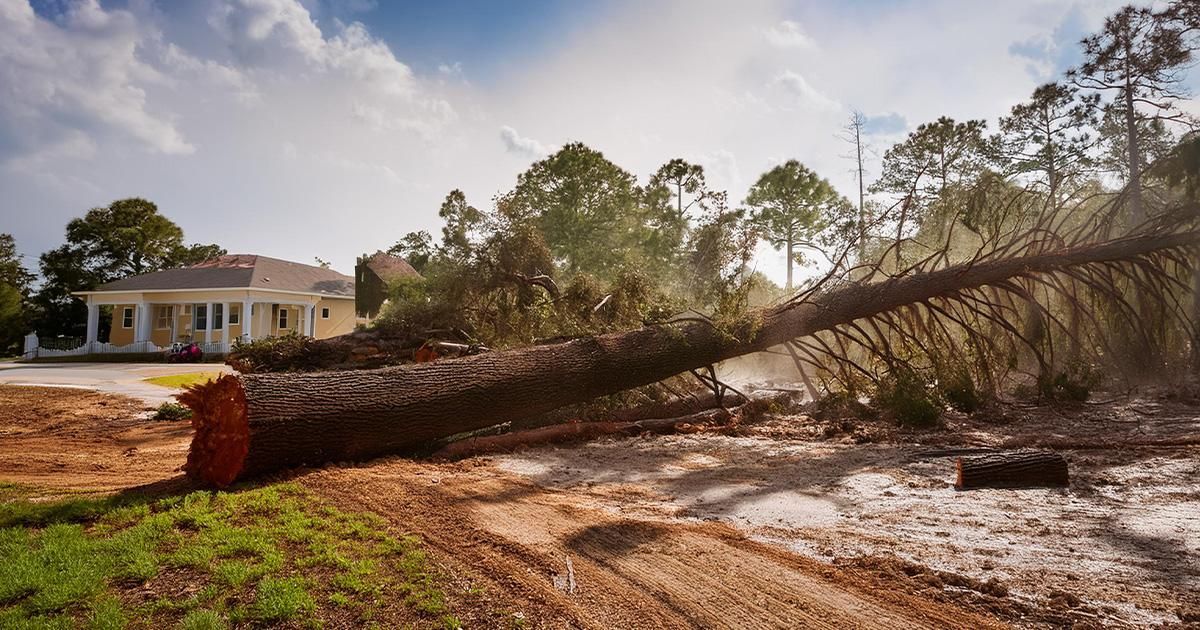
The Silent Dangers Lurking in Weak Trees
Some trees look strong on the outside but are hollow or diseased within. These structural weaknesses often remain unnoticed until it's too late. Trees suffering from root rot or fungal infections may appear healthy, yet a mild gust of wind can send them toppling.
Even large limbs, sometimes called "widow-makers" in the tree service industry, can break off unexpectedly, especially from older trees. Keeping an eye on these silent dangers is essential to preventing emergencies.
How Storms Amplify the Need for Emergency Tree Removal
Storms are the most common cause of tree-related emergencies. Heavy rain saturates the soil, loosening roots, while high winds exert extreme pressure on branches and trunks. Thunderstorms, hurricanes, and ice storms can swiftly turn a well-rooted tree into a destructive missile.
Post-storm assessments are critical. If your area experiences a significant storm, inspect your property for signs of leaning, cracked trunks, or split branches.
How to Identify a Tree Emergency Before It’s Too Late
Being proactive starts with awareness. Here are key warning signs:
- Leaning trees, especially those with disturbed roots
- Large, hanging branches over homes or driveways
- Cracks in the trunk or major limbs
- Mushrooms or fungi growing at the base
- Sudden loss of foliage outside seasonal changes
Spotting these early gives you time to seek professional help before disaster strikes.
Structural Damage Caused by Fallen Trees
Falling trees or branches can cause extensive property damage. From broken windows and collapsed roofs to crushed vehicles and ruptured pipelines, the costs can run into thousands. Insurance may cover some of the damage, but only if you’ve demonstrated due diligence in tree maintenance.
Letting a visibly unstable tree stand could lead to a denied claim. This is why emergency tree removal is both a practical and financial necessity.
Why Emergency Tree Removal Is a Safety Issue
Beyond the threat to property, the risk to human life is far more concerning. Trees near playgrounds, sidewalks, or homes can become deadly. Each year, falling trees or limbs cause serious injuries or fatalities across the country.
Emergency tree removal isn’t just a reactive service—it’s an essential layer of safety.
When Proximity to Structures Demands Action
Trees growing too close to buildings or utility lines are inherently risky. Their roots can damage foundations and sidewalks, while their branches threaten roofs and gutters. If a tree is within falling distance of your home, consider it a high-priority case for inspection.
In many municipalities, power companies will notify homeowners if a tree interferes with power lines. However, the ultimate responsibility still lies with the property owner.
Spotting Root Rot, Splits, and Sudden Leans
Tree emergencies often stem from invisible root issues. When roots weaken due to rot or soil erosion, the entire tree becomes unstable. A leaning trunk, especially when accompanied by visible root exposure, should never be ignored.
Likewise, deep vertical splits or bark peeling away may signal internal decay. These are telltale signs that the tree could break apart without warning.
Why Winter and Hurricane Seasons Are Critical
Seasonal changes heavily influence tree stability. In winter, snow and ice accumulation weigh down branches, increasing the chance of breakage. Similarly, hurricane season brings high winds that test every tree’s resilience.
Preparing for these periods includes pruning, anchoring, or removing unstable trees. Waiting until disaster strikes often means paying a premium for urgent removal services.
Are You Covered for Tree-Related Emergencies?
Homeowners often assume their insurance policy covers all tree-related damages, but this isn’t always the case. Policies may exclude coverage if the tree showed signs of decay or was improperly maintained.
Before assuming you're safe, check your policy and consult with your provider. In emergencies, documentation can support your claim, especially if you’ve recently had a Tree Service professional conduct an inspection.
Knowing the Difference Saves Money and Lives
Not every downed tree requires emergency removal. If it’s fallen away from structures and doesn’t obstruct public pathways, it may be scheduled for standard removal. Knowing the difference between a true emergency and a minor incident prevents overpayment and allows services to prioritize serious threats.
Emergency Tree Removal Pricing Factors
The cost of emergency tree removal can fluctuate widely based on several key factors. Unlike standard tree work, emergency services often incur premium rates due to the urgency, timing, and specialized equipment needed. Here's what affects the total bill:
- Tree Size and Height: Larger, older trees require more manpower and machinery.
- Location: A tree near power lines or tightly nestled between structures demands precision, increasing the cost.
- Timing: Emergency services at night, during holidays, or after severe weather events typically cost more.
- Disposal Requirements: Some companies charge extra to haul away wood, grind stumps, or clean debris.
On average, emergency removals can range from $300 for smaller trees to over $2,500 for complex, hazardous extractions. Always ask for a clear estimate and confirm what’s included in the price.
How Fast Should Help Arrive?
In genuine emergencies, time is of the essence. Most reputable Tree Service companies offer 24/7 emergency response. The speed depends on crew availability and weather conditions. During storm seasons, response time might extend due to high demand.
Ideally, your chosen provider should offer:
- Immediate phone consultation
- On-site evaluation within hours
- Prompt dispatch of equipment and professionals
- Coordination with utility companies if needed
Choosing a service with a proven emergency protocol ensures faster response and safer outcomes.
Why You Shouldn’t DIY Emergency Tree Removal
Tempted to grab your chainsaw and handle it yourself? Think twice. Emergency tree removal often involves unstable trees, high tension lines, and unpredictable situations that can lead to serious injury—or worse.
Reasons to leave it to the pros:
- Safety: Certified arborists understand tree dynamics and risk zones.
- Insurance: DIY accidents often void insurance claims.
- Tools: Specialized cranes, bucket trucks, and rigging systems are usually required.
- Training: Tree professionals are trained in rescue techniques and hazardous removals.
Your safety and that of your property are not worth the gamble. Let the experts handle the heavy lifting.
Certified Expertise Matters in Tree Emergencies
Hiring a certified arborist isn’t just a luxury—it’s a necessity during emergencies. Arborists are trained in diagnosing tree health, structural integrity, and safe removal techniques.
Certified experts can:
- Identify if a tree can be saved
- Recommend pruning vs removal
- Safely coordinate with power companies
- Provide legally recognized documentation for insurance claims
Look for certifications like ISA (International Society of Arboriculture) when choosing a service provider.
What the Law Says About Emergency Removal
Most municipalities offer emergency exemptions for tree removal permits. However, documentation is often still required. You may need:
- Photos of the hazard
- A report from a certified arborist
- Notification of intent within a short timeframe
Failure to comply with local ordinances—even in emergencies—can result in fines or liability disputes. Working with experienced Tree Service professionals helps ensure you meet all legal obligations promptly.
What to Do With the Remaining Stump
After the tree is removed, the stump remains—and it’s not just an eyesore. Left unchecked, stumps can:
- Become tripping hazards
- Attract termites and pests
- Cause root regrowth
You have several options:
- Stump grinding (quick and efficient)
- Stump removal (digging and hauling out roots)
- Natural decay (takes years and invites problems)
Always ask your contractor if stump services are included or available at an additional cost.
Landscaping After Emergency Tree Services
Emergency tree removal often leaves your yard looking like a battlefield. Here's how to start the recovery process:
- Soil Repair: Fill ruts caused by heavy equipment with topsoil and compost.
- Replanting: Choose native species with strong root systems.
- Mulching: Spread mulch to protect the soil and prevent weed growth.
- Sodding or Seeding: Patch bare areas to restore your lawn’s health.
Professional landscapers can help with larger restorations, but some homeowners prefer DIY solutions with guidance from their local garden center.
How to Avoid Future Emergencies
Prevention beats crisis every time. Here’s how to stay ahead:
- Schedule annual tree inspections with an arborist.
- Prune trees regularly, especially near buildings or power lines.
- Mulch and water trees during drought to prevent root stress.
- Remove dead or diseased trees before storm seasons.
Creating a maintenance calendar can help you stay consistent year-round.
Staying Ahead With Regular Tree Health Checks
Trees often communicate their stress—if you know what to look for. Red flags include:
- Discolored leaves in off-season
- Sappy wounds or oozing bark
- Fungal growth at the base
- Sudden loss of limbs
A scheduled check-up from a certified Tree Service professional ensures problems are spotted early—long before they become emergencies.
Using Forecasts to Anticipate Risk
Modern weather apps offer more than just rain predictions. Many now include wind alerts and storm tracking that help you prepare your property in advance.
Before major weather events:
- Check local alerts
- Trim loose or hanging branches
- Anchor or remove young trees
- Park cars away from large tree canopies
A proactive approach is your best defense against storm-triggered tree disasters.
Emergency Tree Risk in Different Environments
The challenges vary depending on where you live:
- Urban: Trees may interfere with wires, buildings, and sidewalks.
- Suburban: Larger yards allow trees to grow unchecked, often dangerously.
- Rural: Dense growth makes fallen trees harder to spot, especially along fence lines or roads.
Regardless of your location, regular assessments are critical.
What Tools Are Needed in an Emergency?
Emergency tree crews don’t just show up with chainsaws. They’re often equipped with:
- Hydraulic cranes
- Bucket trucks
- Wood chippers
- Winches and rigging systems
- Personal safety harnesses
This specialized gear allows them to perform complex removals safely and quickly—even at night or in bad weather.
When and How to Secure Permits Fast
In most cases, emergency tree work can begin without permits—especially if the tree poses immediate danger. But you’ll still need to:
- Notify your city or municipality
- Provide photos and a professional’s report
- Submit paperwork post-removal
Work with a Tree Service team that understands your local laws and can expedite the process on your behalf.
What to Expect From a Tree Service Company
During an emergency, the process typically looks like this:
- Immediate Response: Phone or online emergency contact form.
- On-Site Evaluation: Risk assessment and cost estimate.
- Coordination: With property owners, power companies, and insurers.
- Execution: Safe removal, debris cleanup, and disposal.
Choose a company with transparent policies, fast response times, and clear communication. It can make a stressful situation feel manageable.
Steps to Take While Waiting for Professionals
Until help arrives:
- Keep a safe distance from the tree.
- Evacuate buildings if there's a threat of collapse.
- Notify neighbors or nearby property owners.
- Document the situation with photos or videos.
- Avoid power lines—assume they are live and dangerous.
These small steps can protect lives and support your insurance claim later.
Why Locals Trust Monte Tree Service
For homeowners in the region, Monte Tree Service is the trusted name for emergency response. Known for reliability, professionalism, and fast dispatch, their certified arborists handle tree emergencies with precision and care.
From storm damage to structural threats, Monte Tree Service ensures your safety is their top priority.
How to Reach Emergency Tree Professionals
Don’t wait until a branch breaks your window or a tree topples onto your driveway. Contact the experts today:
Their team is available 24/7 to help you navigate any tree-related crisis.
Final Thought
Nature is unpredictable, but your response doesn’t have to be. Emergency tree removal isn’t just about saving a tree—it’s about protecting lives, homes, and peace of mind. Whether you're facing a current emergency or trying to prevent the next one, staying informed and acting fast are your best tools.
FAQs About Emergency Tree Removal
How do I know if my tree needs emergency removal?
If your tree is leaning dangerously, has hanging limbs, or shows signs of decay after a storm, call a professional immediately.
Does homeowner’s insurance cover emergency tree removal?
It often depends on the cause. Storm damage is usually covered, but decay or neglect may not be.
How quickly can a tree removal team arrive?
Many services offer 24/7 emergency response, but timeframes vary by location and demand.
Can I remove the tree myself?
It’s strongly discouraged. Emergency tree removal requires specialized equipment and safety protocols.
What if a tree falls on my neighbor’s property?
You may be liable if the tree was known to be hazardous. It’s best to address risks proactively.
Is stump removal included in emergency services?
It depends on the service package. Some include it; others offer it as an add-on.
Conclusion: Staying Prepared and Proactive
Emergency tree removal is a service you hope never to need—but when the time comes, swift action is crucial. By staying vigilant, scheduling regular inspections, and partnering with reliable experts like Monte Tree Service, you can protect your home, your family, and your peace of mind.
Don’t wait for the next storm to test your trees. Take control now—and if in doubt, Contact the professionals today.
Links:
